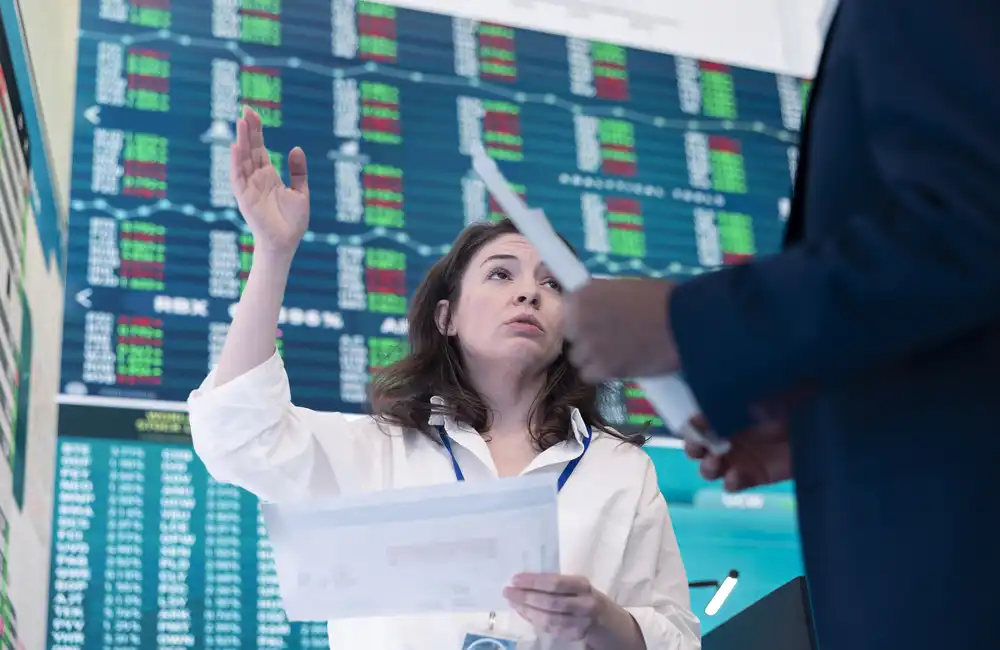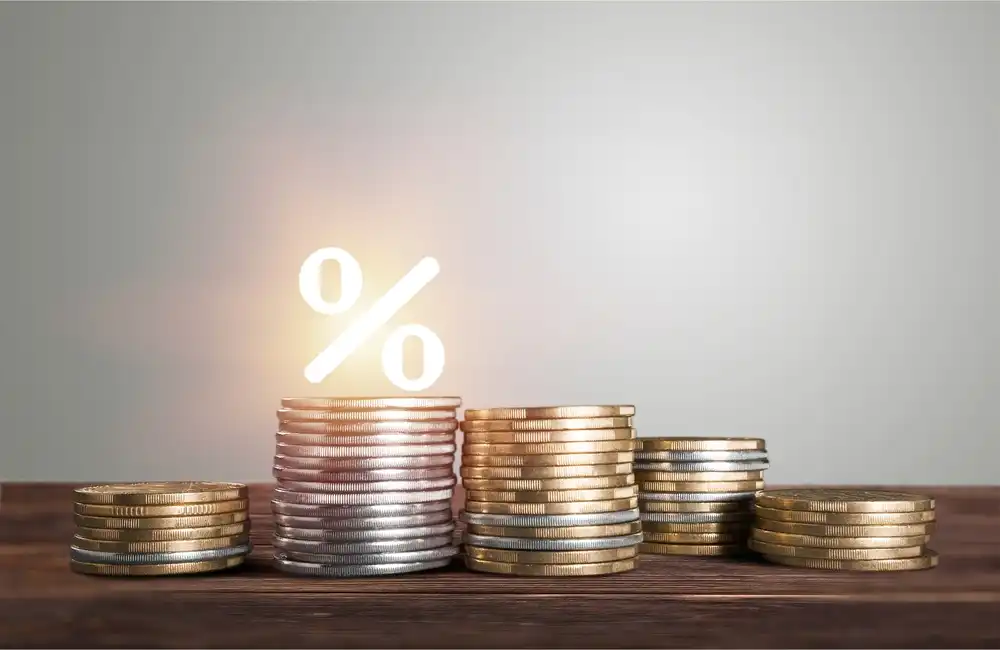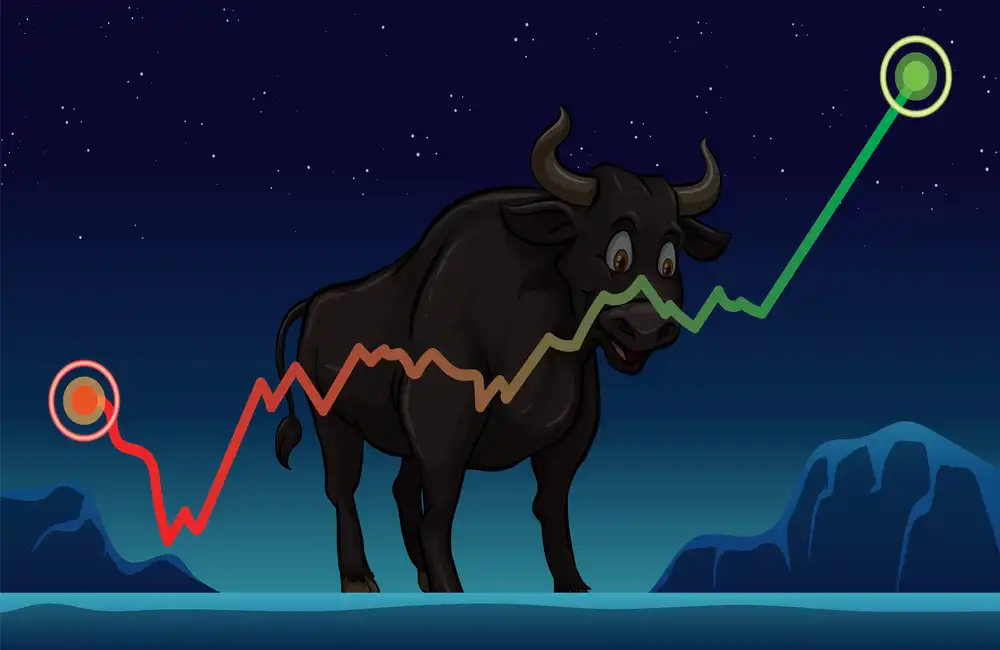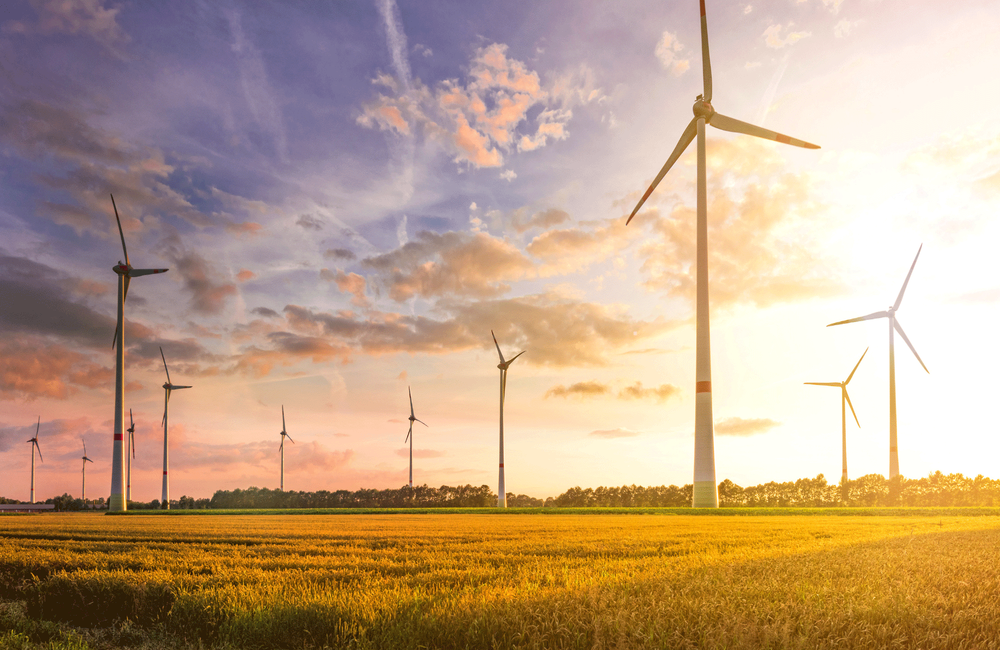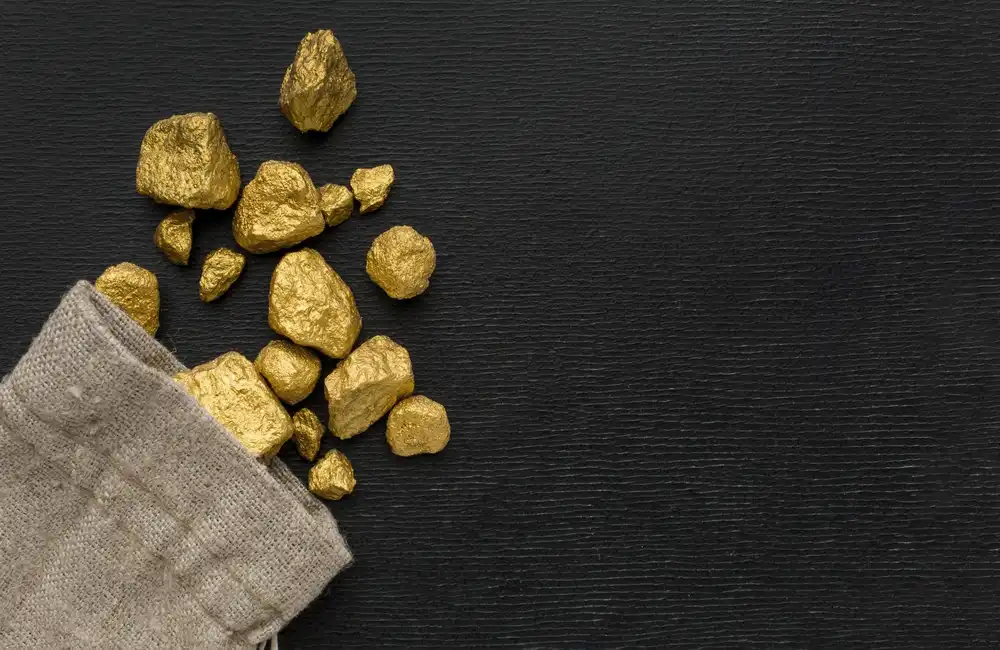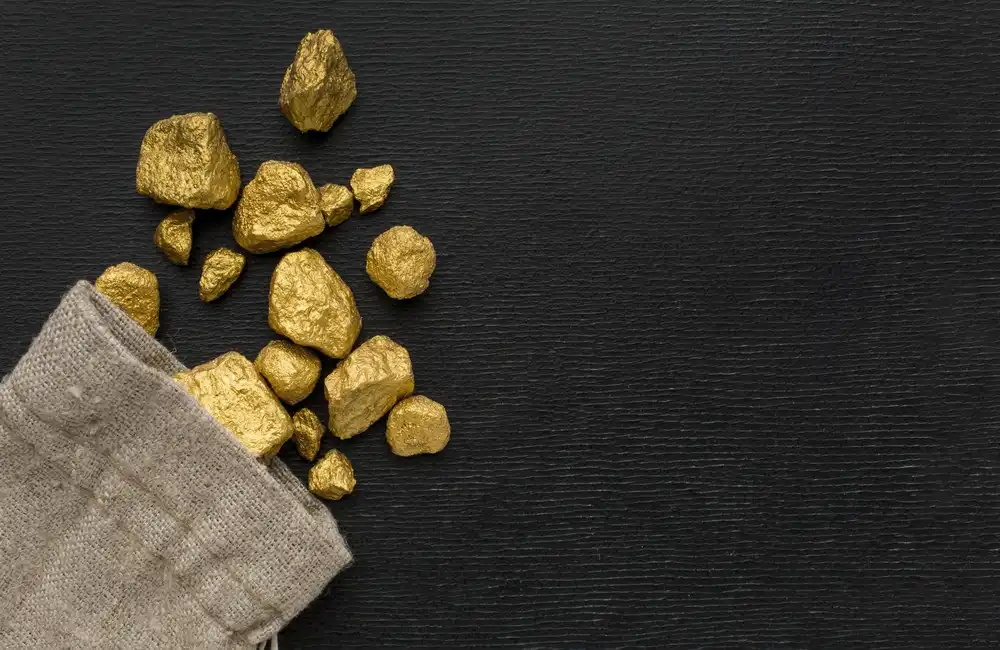South Korea’s POSCO Group intends to invest Won 53 trillion ($41.9 billion) worldwide over the 2023-2026 period to make its operations greener and more sustainable, the company said May 26.
Of the total investment, Won 33 trillion will be invested in South Korea, Won 20 trillion of which will be used for eco-friendly steel production or "green" steel.
The Won 20 trillion will go toward the construction of a new electric arc furnace, installation of eco-friendly facilities, as well as enhancement of steel product technology for electrified vehicle motors.
The investment is part of what the group calls its establishment of its parent company, POSCO Holdings, on March 2 to map out the future of business, research and development, and investment. POSCO Take 1: The steelmaking business was vertically spun off.
The steelmaker will decide by the end of 2022 whether to build an EAF "to meet demand for low-carbon products."
In addition, POSCO aims to quadruple the annual production capacity of its high-efficiency non-oriented electrical steel sheets to 400,000 mt by 2025 to respond to high demand from manufacturers of electric vehicles and high-end home appliances.
The steelmaker plans to invest Won 12 trillion (US$8.95 billion) to ramp up its overseas crude steel output capacity to 23.1 million mt/year by 2030, expanding nearly fivefold from 5.1 million mt/year in 2021.
For its part, POSCO intends to increase its global crude steel production capacity to 68 million mt/year by 2030 from about 46 million mt/year in 2021.
The company will enhance its competitiveness in eco-friendly materials, including battery materials, hydrogen, and related technologies.
Related Won 5.3 trillion will be spent on securing a stable supply of raw materials, expanding production plants, and acquiring next-generation technologies.
The group had hiked its 2030 production targets for secondary battery materials by as much as 57% on May 18. Cathode output is now seen hitting 610,000 mt/year by 2030, up 45% from the 400,000 mt/year previously forecast in December, which the group company, Posco Chemical, is particularly charged with meeting.
Anode production was also revised 23% higher to 320,000 mt/year, lithium output 36% higher to 300,000 mt/year, and nickel 57% higher to 220,000 mt/year.
POSCO aims to replace coal with green hydrogen in steelmaking, while estimating that it will need 3.7 million mt/year of the gas. It also aims to be a leading producer and supplier of hydrogen, producing 5 million mt of green hydrogen by 2050.



